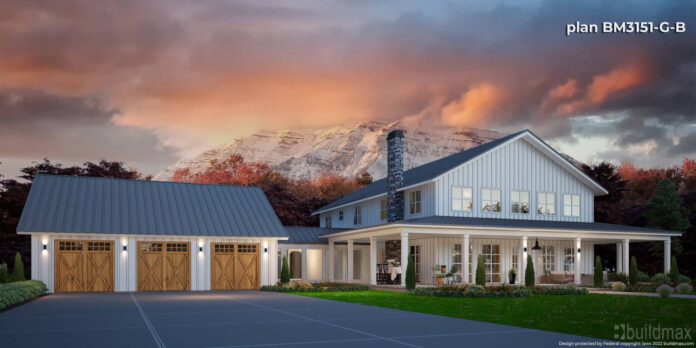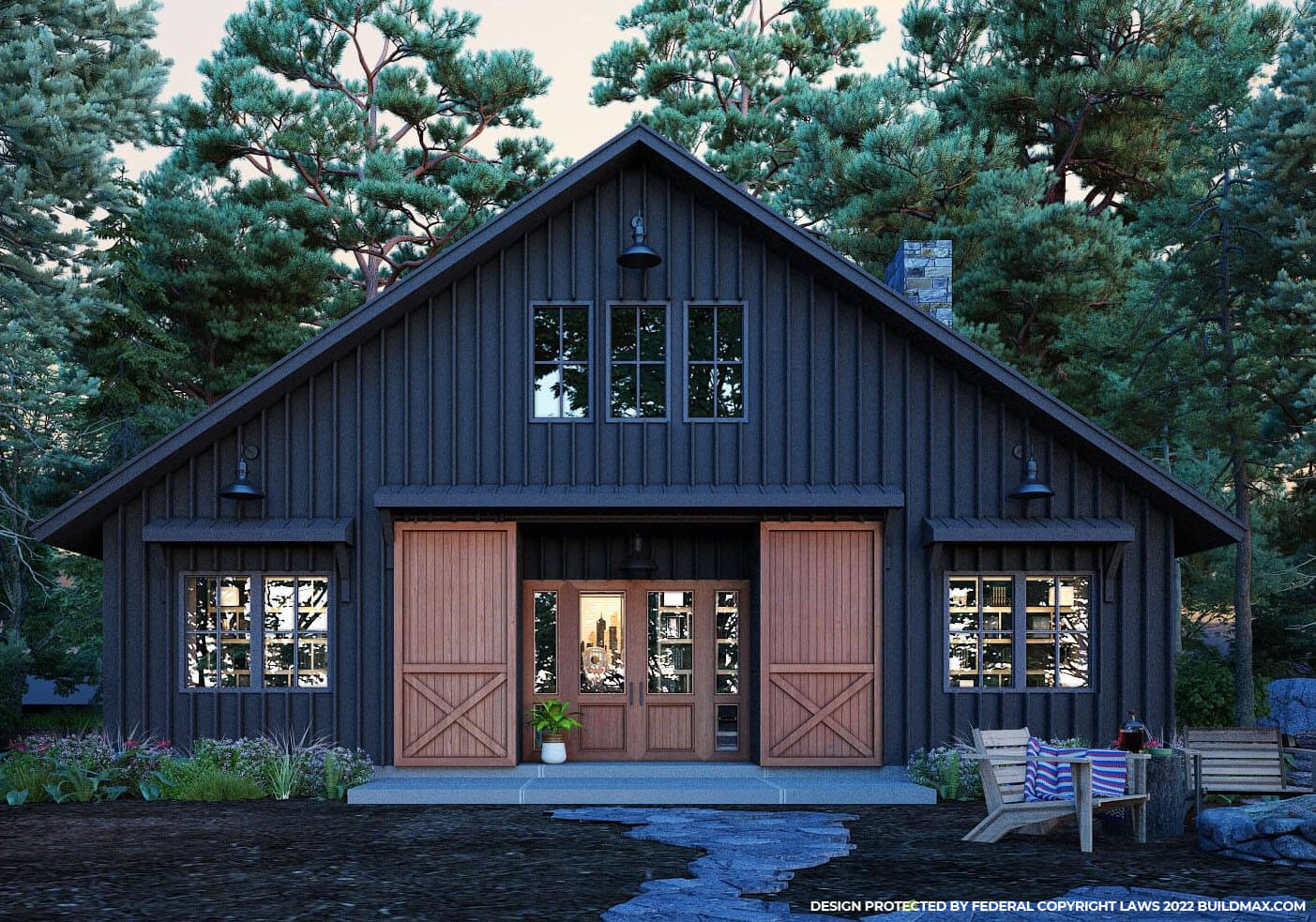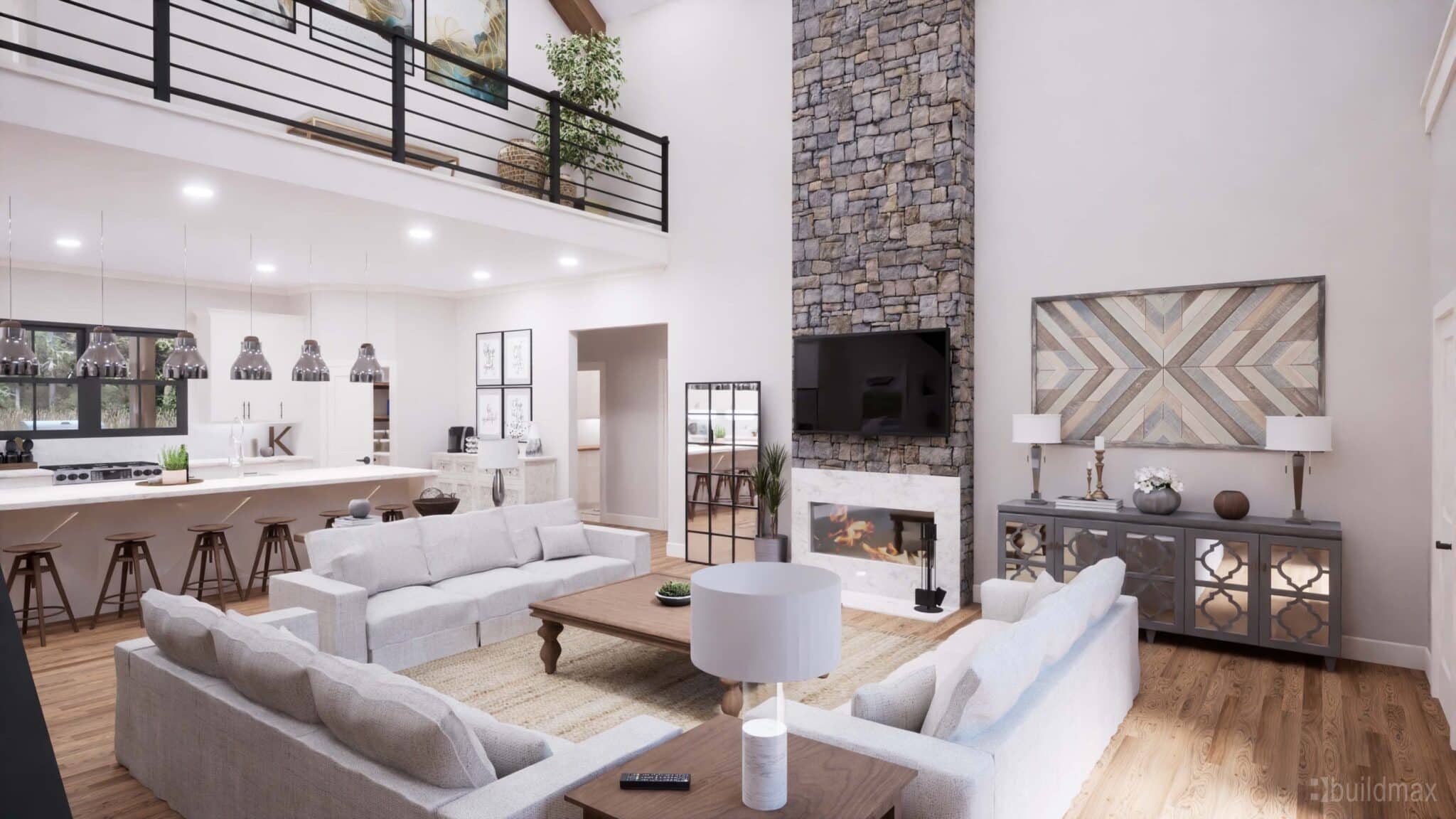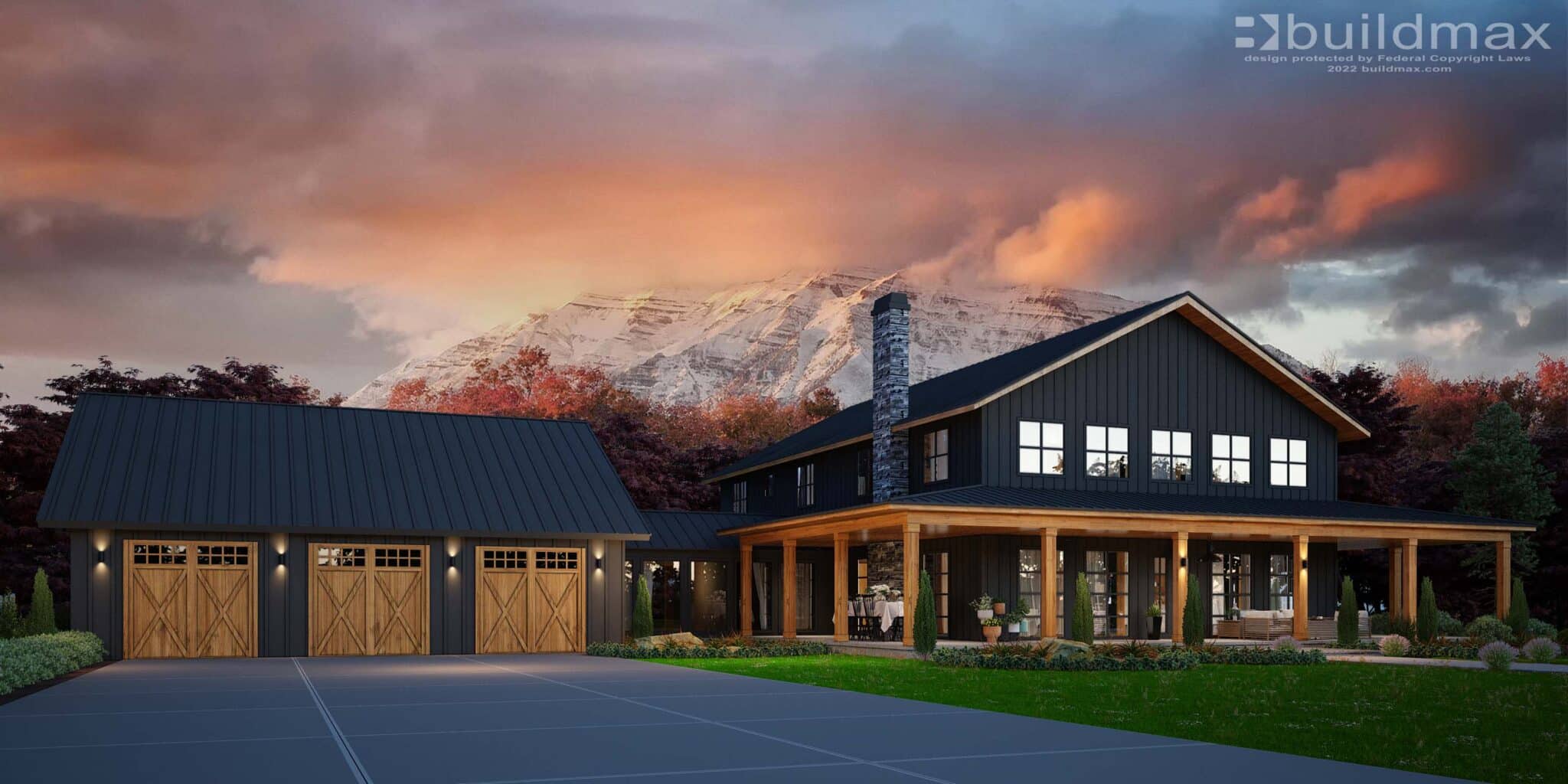As the chill of winter approaches, the question arises: can barndominiums provide a cozy refuge from the biting cold? Indeed, these versatile structures are not solely suited for balmier regions; they can also offer a snug harbor during the colder months with strategic planning and design.
Preparing Your Barndominium
For those constructing a barndominium in less temperate zones, location is key. A sun-drenched site can harness the natural warmth of solar energy year-round. In winter, the reflective properties of snow amplify this effect, providing additional heating. The choice of building materials can further boost thermal efficiency; metals like copper or aluminum can absorb and radiate heat into your home.
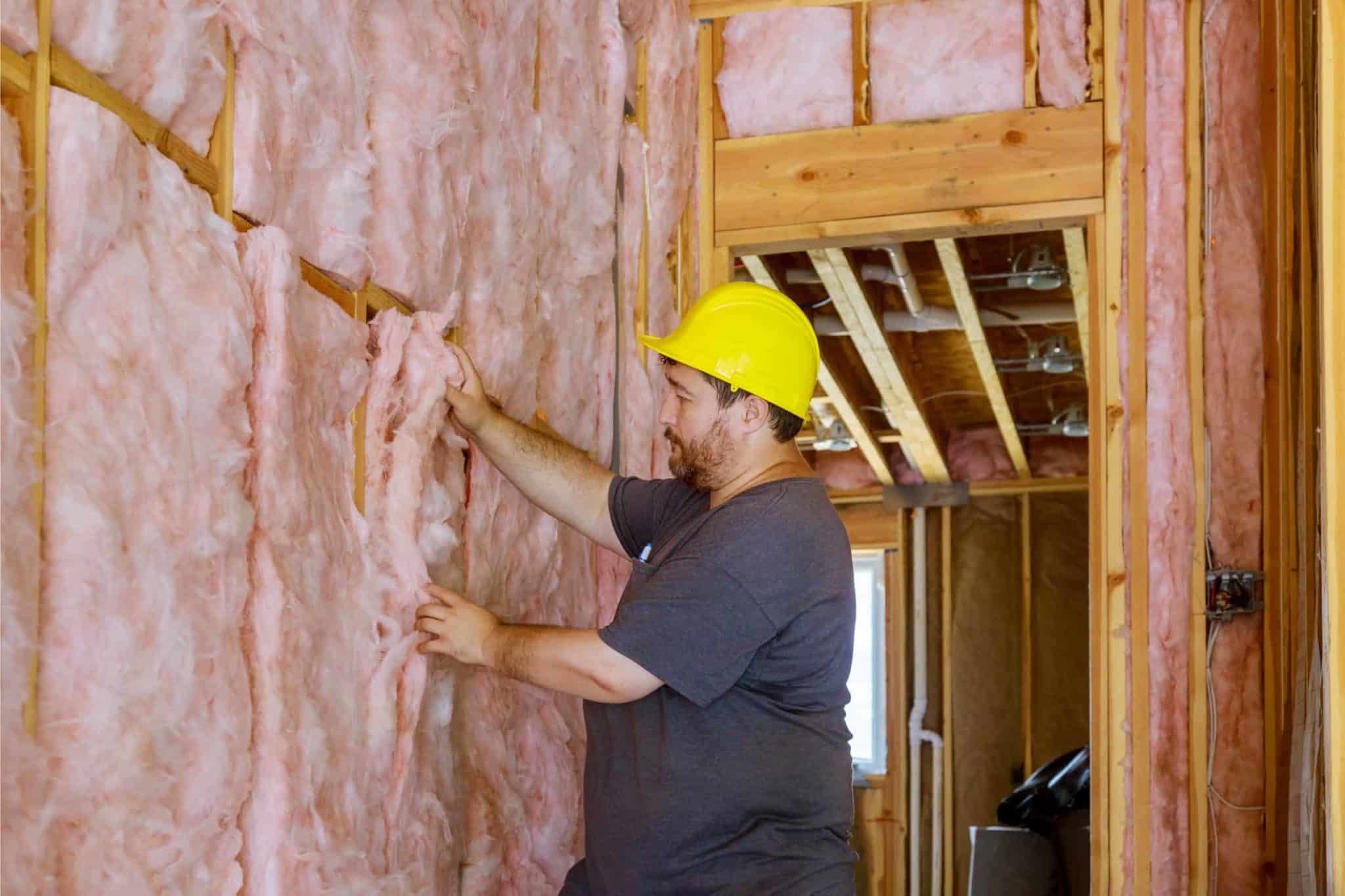
Insulation is the cornerstone of a warm barndominium. It acts as a barrier, keeping the warmth in and the frost out. There’s a variety of insulation types available, so consulting with a professional is advisable to select the optimal one for your climate. Some of the most popular types of insulation are spray foam, batt, rigid board, and loose fill.
To maximize heating efficiency, embracing an open floor plan is beneficial. The open design of many barndominiums, with fewer walls and doors, allows for better air circulation and easier temperature management. Ceiling fans can be a smart addition, especially in rooms with high ceilings or lofted spaces. When set correctly, they can circulate warm air that has risen, maintaining an even temperature throughout.
Finally, a well-sealed exterior is vital in conserving heat. Small leaks can lead to significant energy loss, so it’s important to ensure that windows, doors, and any junctions in the building envelope are properly sealed. Applying caulk to potential breach points can further fortify your barndominium against the cold.
In essence, with the right design choices and insulation strategies, your barndominium can become a warm and inviting space that defies the winter’s chill.
Heat Sources to Consider
When it comes to heating your barndominium, there are several heat sources to choose from.
Wood Burning Stoves
The traditional charm of a wood-burning stove continues to be a favored choice, particularly in rural areas. The aroma it exudes is simply delightful. Recent EPA enhancements mean today’s stoves produce less smoke and ash and are more efficient, requiring less wood.
Consider the size and layout of your barndominium when selecting a wood stove. Spacious and open designs are ideal for larger stoves. To comply with regulations, look for EPA-certified models.
Traditional Central Heating
The most widespread heating methods across the country are furnaces and boilers. Furnaces warm the air, while boilers heat water to create steam. They are both central heating systems, but they come with different features and considerations.
Furnaces can circulate allergens and often result in drier air, but they’re generally more affordable and simpler to install than boilers. They also don’t have the risk of freezing in extreme cold.
Boilers offer superior air quality since they don’t distribute allergens like furnaces do. They are more efficient and operate quietly, but they come with a higher installation cost and the potential risk of leaks or freezing in cold weather.
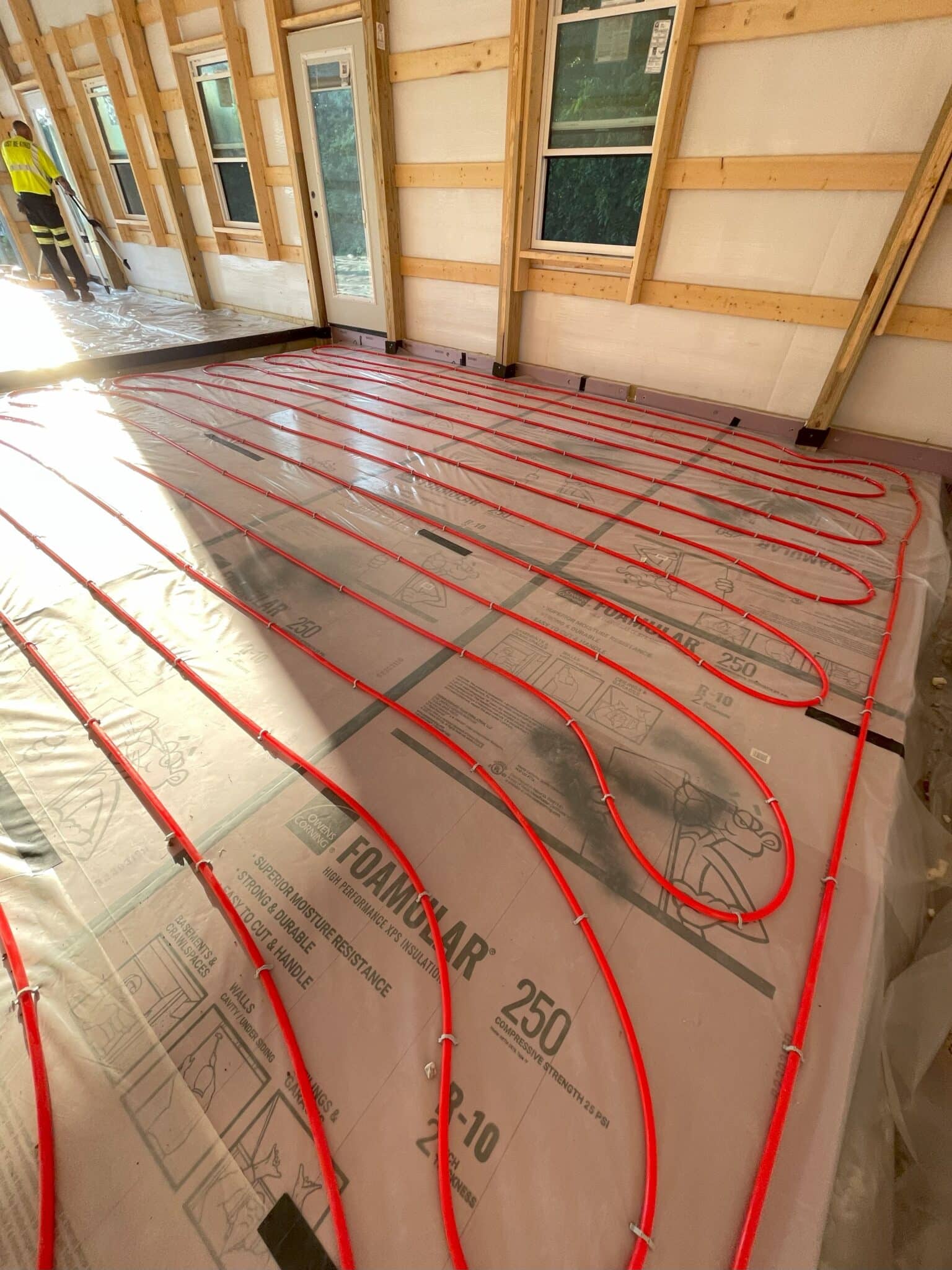
Radiant Heating
Radiant heating, particularly radiant floors, has seen a surge in popularity. This system, available in electric, hydronic, or air-heated options, doesn’t just warm your feet—it heats the entire space as warmth ascends from the floor.
Alternative Heating Methods
Heat pumps are an alternative, offering different models suitable for varying climates and needs. They are less common but worth considering. Space heaters, while convenient, should be viewed as a short-term solution.
Final Thoughts
Equipping your barndominium with the right heating system from the start sets you up for a cozy and efficient home. With a variety of heating options to choose from, you can find the perfect solution to ensure your barndominium is a toasty sanctuary during the cold months.



